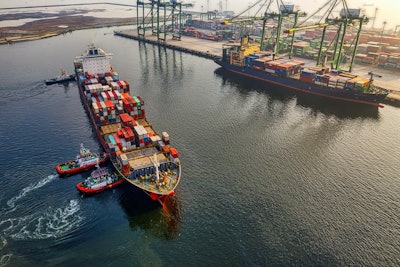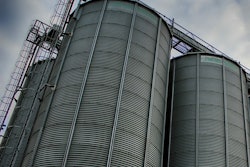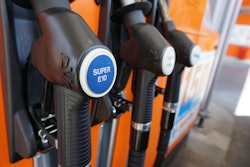
Entering the final quarter of 2021, the U.S. economy and rural industries seem to be transitioning into yet another phase of the COVID pandemic.
As the delta variant surge subsides, and the economic recovery continues at a healthy pace, businesses of all sizes and across most industries are wrestling with perhaps the worst supply chain bottlenecks to date.
Supply chain disruptions and labor shortages are adding significant costs to business operations, and consumers will feel these effects through higher prices for months to come.
Rapidly rising input costs and product shortages are hitting agriculture particularly hard, as ag commodity prices have flattened and inflation compresses margins.
Robust agricultural exports have kept much of agriculture in the black, however, and credit conditions remain strong as harvest season enters full swing.
Persistent drought in the West and Northern Plains regions pose challenges for the water, power, and agricultural sectors as water shortages have threatened power generation in some areas.
Natural gas prices have also soared, rising more than 150% since April, adding significant costs to many power generators.
And the communications sector continues wrestling with the multi-billion dollar question of who should pay for the necessary investments in rural broadband infrastructure. Wireless users and big tech companies are being called on to contribute more.





















